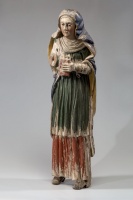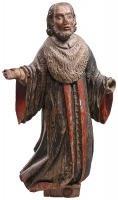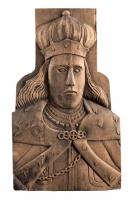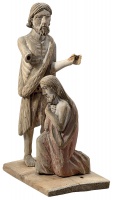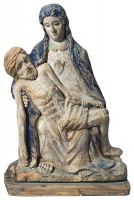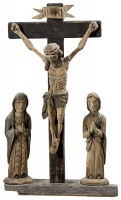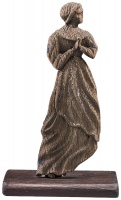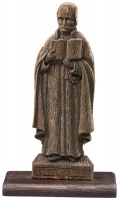
_kat.jpg)

The Sorrowing Christ
| Author: |
Unknown artist |
| Created: | late 19th–early 20th century |
| Material: | wood |
| Technique: | carving, colour paint |
| Dimensions: | 41 × 18 cm |
Žemaitija
An unknown religious carver made this sculpture of the Sorrowing Christ, one of the most popular images in folk sculpture, in the traditional way. The figure of Christ, crowned with a crown of thorns and wearing a dark-red cloak, is sitting with His head in His right hand and resting the other hand on the left knee. From the position of the left hand (the fingers are clenched, as if holding something), we can assume that He was holding a cane (a symbol of the Passion), a rather rare attribute in folk sculptures of the Sorrowing Christ.
In Christian iconography, the position of the Sorrowing Christ, with the head supported by the hand, signifies meditation and pain. This concept is particular to the national tradition of devotion. The Sorrowing Christ is seen by country people as the suffering and distressed Saviour. In this image, suffering is expressed not only by the posture, but also by the crown of thorns, which emphasises suffering, and also bloodstains. On the other hand, similar sculptures of Jesus placed in small shrines hanging from trees on farms in Žemaitija were often called the ‘Carer’ or ‘Provider’, as people believed that the Carer would look after their families and homes.
Text author Skaidrė Urbonienė
Source: Law firm Valiunas Ellex art album HEAVEN AND BEYOND (2016). Compiler Dalia Vasiliūnienė. Text authors Dalia Vasiliūnienė, Skaidrė UrbonienėExpositions: “Heaven and Beyond. Works of religious art from the collection of Rolandas Valiūnas and the law firm Valiunas Ellex“, 31 May–24 September 2016, Church Heritage Museum, Vilnius (curators Dalia Vasiliūnienė, Skaidrė Urbonienė); "Solely Saints", 6 June 2024 – 1 May 2025, Lithuanian Art Centre TARTLE (Užupio St. 40, Vilnius). Curators Skaidrė Urbonienė and Emilija Vanagaitė.







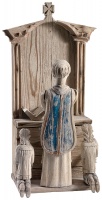
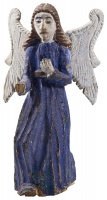
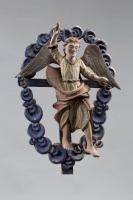
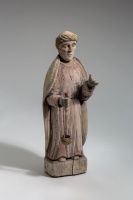

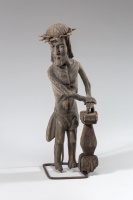


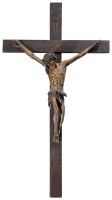
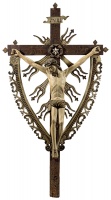

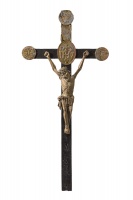
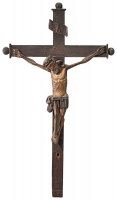


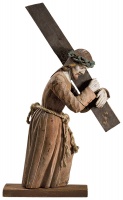
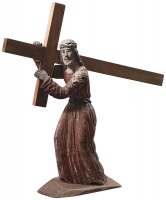




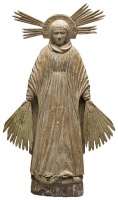
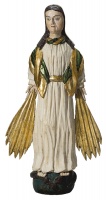

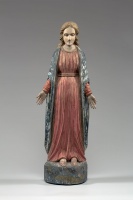




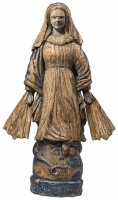

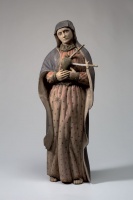






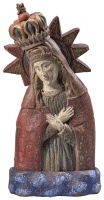




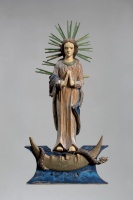

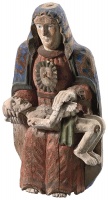
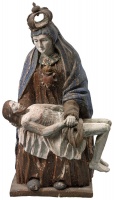



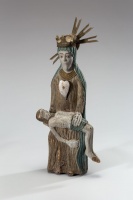
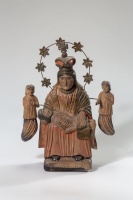
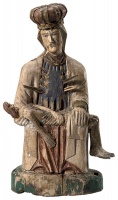
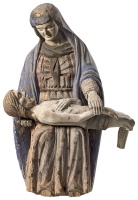
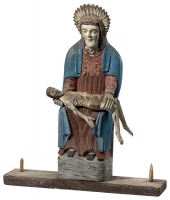

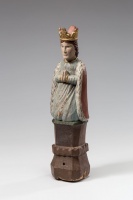
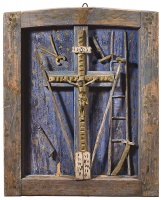
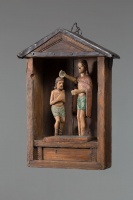
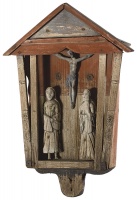
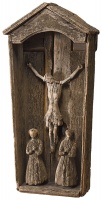


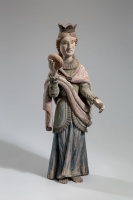

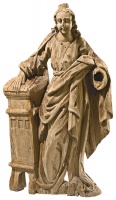
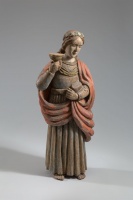

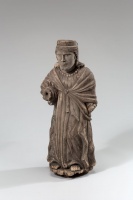
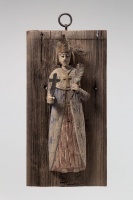
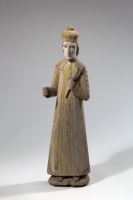

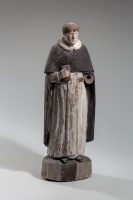


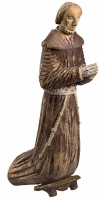


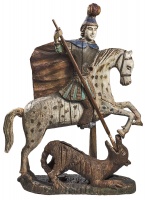










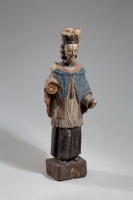


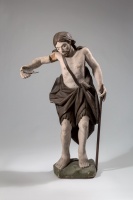
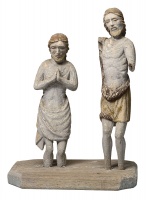


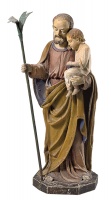
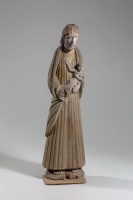
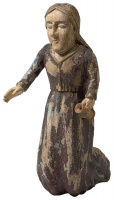
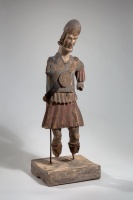
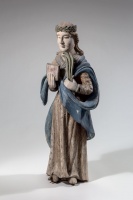




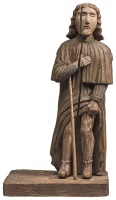
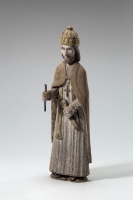




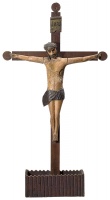




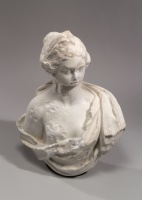

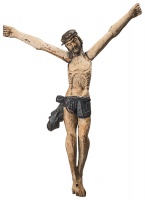
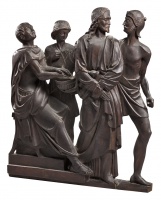

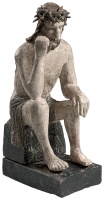



_kat.jpg)




.jpg)
